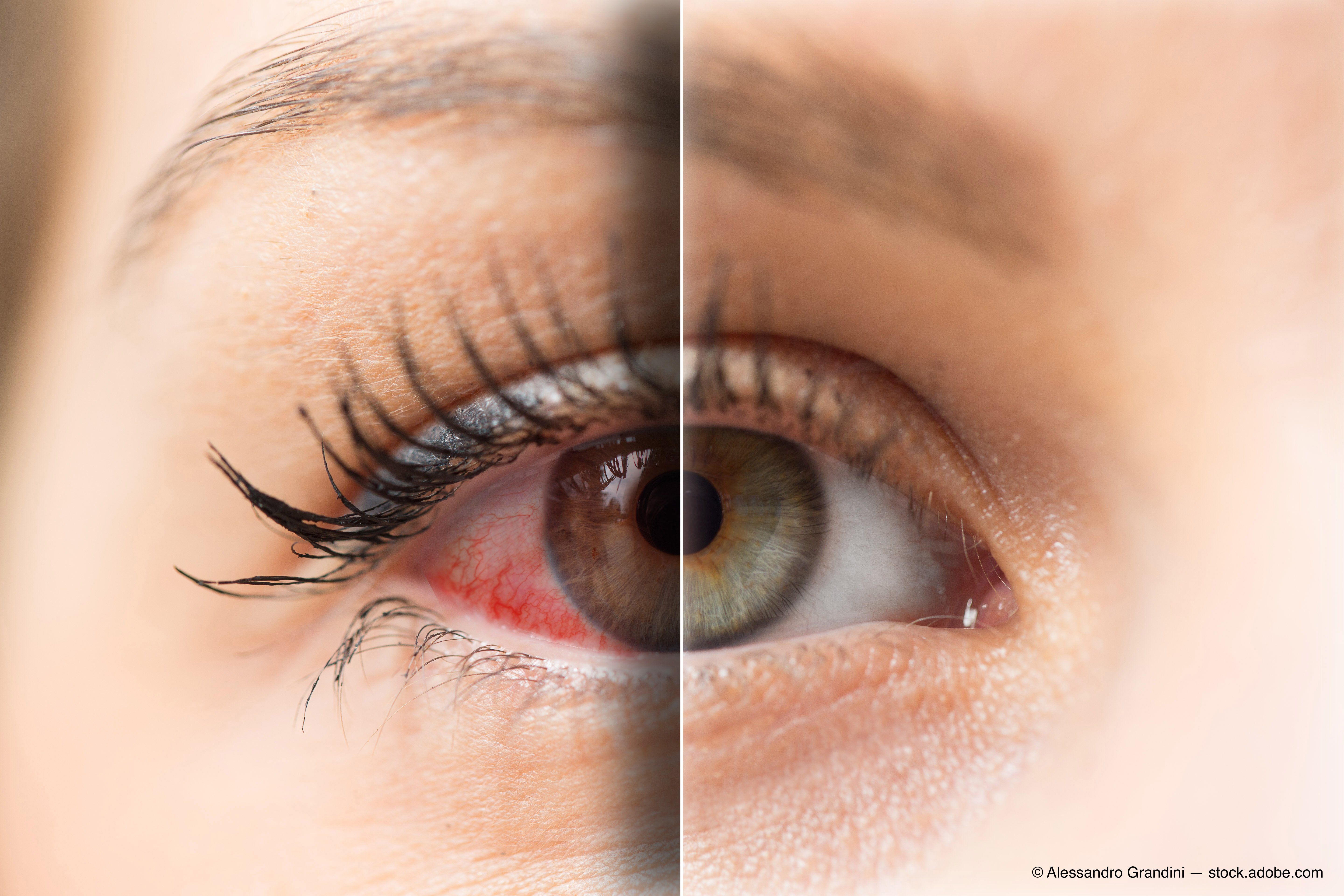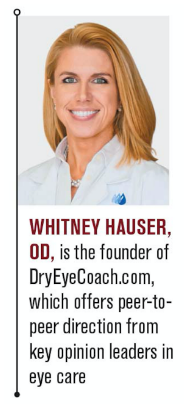Blog: Don't leave dry eye disease patients high and dry


The views expressed here belong to the author. They do not necessarily represent the views of Optometry Times or Multimedia Healthcare.
I can’t. I don’t want to. I don’t know how to. I don’t have enough patients. I don’t have time. I don’t want to lose efficiency. My patients won’t pay more than their copay for more services. I can’t afford it. I don’t have enough space.
As a dry eye consultant, I’ve heard every reason imaginable for why my colleagues don’t dive into dry eye disease (DED) management. My favorite (though not obvious) reason: “I already ‘do’ DED in my practice.”
Some ODs may believe are diagnosing and treating regularly in their offices. However, dry eye patients tend to bounce from practice to practice seeking novel recommendations.
I see it regularly in the dry eye center where I work. Rarely have my patients not seen another practitioner. In fact, most of them used to be my colleagues’ dry eye patients.
ODs shouldn’t assume they “do” dry eye just because they code and make it part of their assessment and plan. That strictly means an OD has identified the disease and offered a treatment option. The diagnosis may have been incomplete, and the patient may still be undermanaged.
Previously by Dr. Hauser: Dry eye protocol for any practice
Critique yourself
Now, if you think I’m wagging my finger at my fellow ODs, nothing could be further from the truth. I’ve been there before and continually try to keep on track with attention to dry eye in my practice. It’s hard-I get it.
You get busy, fall behind, and your reflex is to hook shot a bottle of artificial tears and move on. No patient is going to go blind, and she will call back if she still has a problem. But, will patients really call back?
What ODs do seem to understand is you had your shot. The patient came to your office and told you about her dry eye symptoms (though it may have been described as blur, irritation, itch, or redness, and not explicitly “dry eye”).
Related: Blog: Modern-day techniques for diagnosing dry eye disease
You, the OD, had a chance to make a difference. A difference by writing a prescription, performing an in-office treatment (or referring to a fellow OD for it), or even offering more robust education about expectations. If you missed your shot, you can’t fault the patient for moving on.
An OD may say, “So what? I lost one patient.”
But is it only one patient?
Demographically speaking, most dry eye patients are women.1 These women tend to be medical decision makers for their family. The one dry eye patient who was undermanaged (not necessarily mismanaged) may take several families with her.
Take a moment today and reflect on what you and your practice are truly doing for your dry eye patient population. Critically assess yourself, and don’t give your practice a pass too quickly-you could be leaving patients high and dry.
References:
1. Farrand KF, Fridman M, Stillman IÃ, Schaumberg DA. Prevalence of diagnosed dry eye disease in the United States among adults aged 18 years and older. Am J Ophthalmol. 2017 Oct;182:90-98.
Newsletter
Want more insights like this? Subscribe to Optometry Times and get clinical pearls and practice tips delivered straight to your inbox.